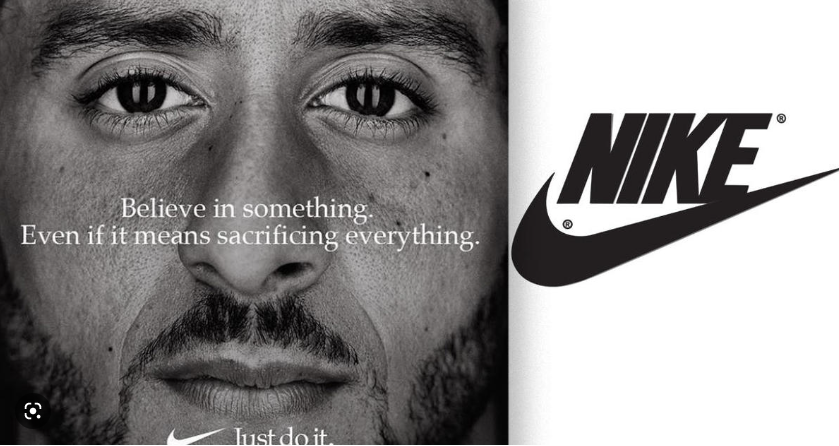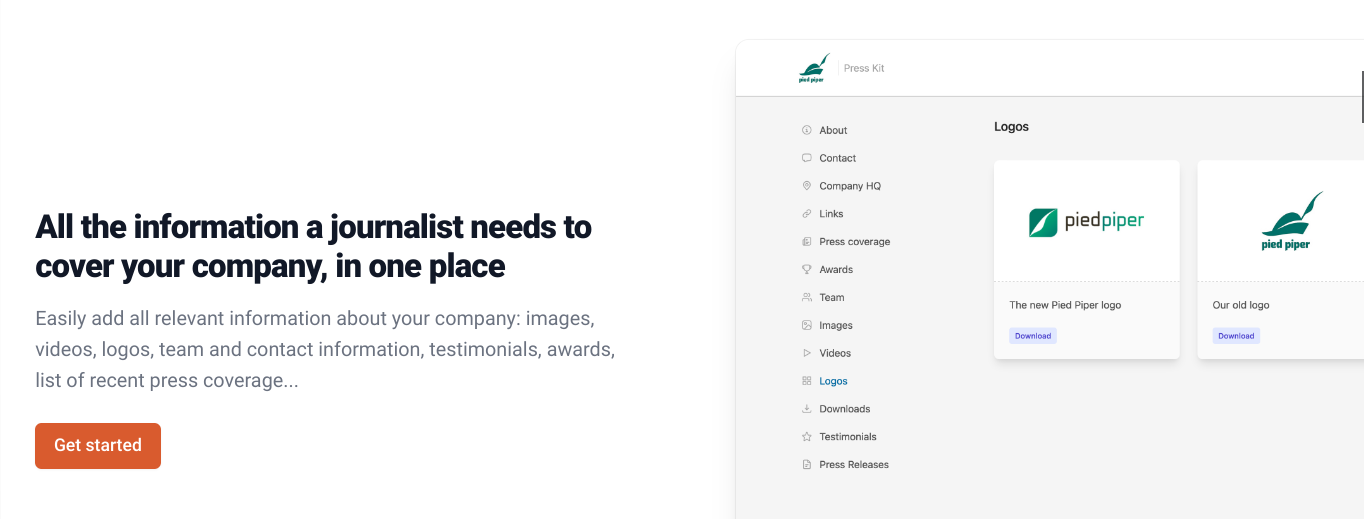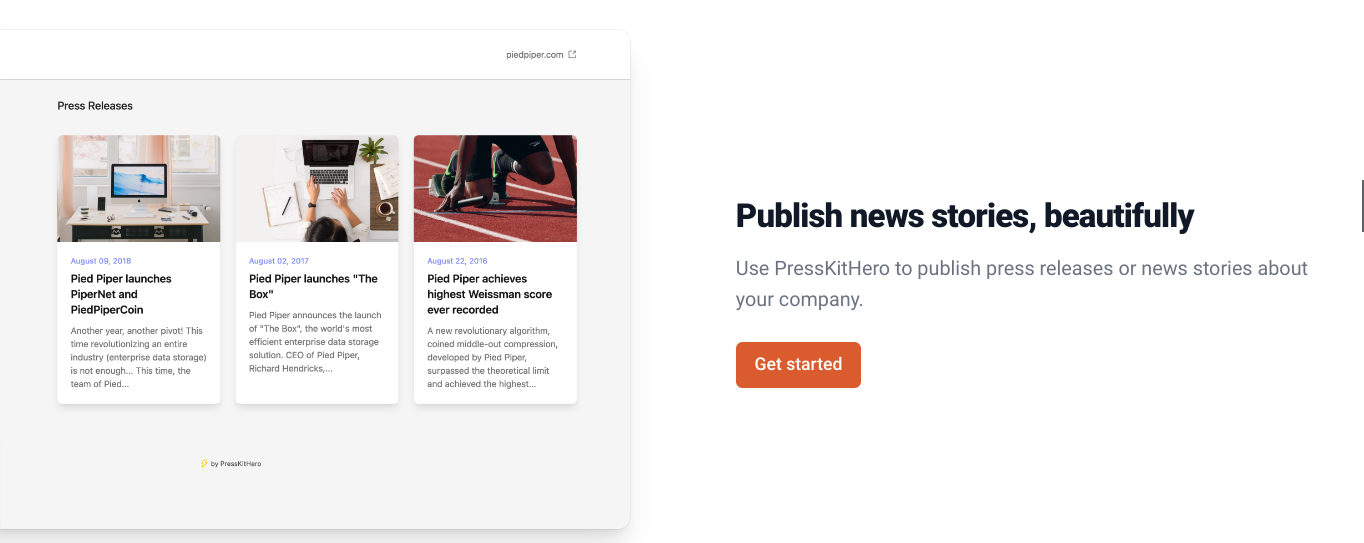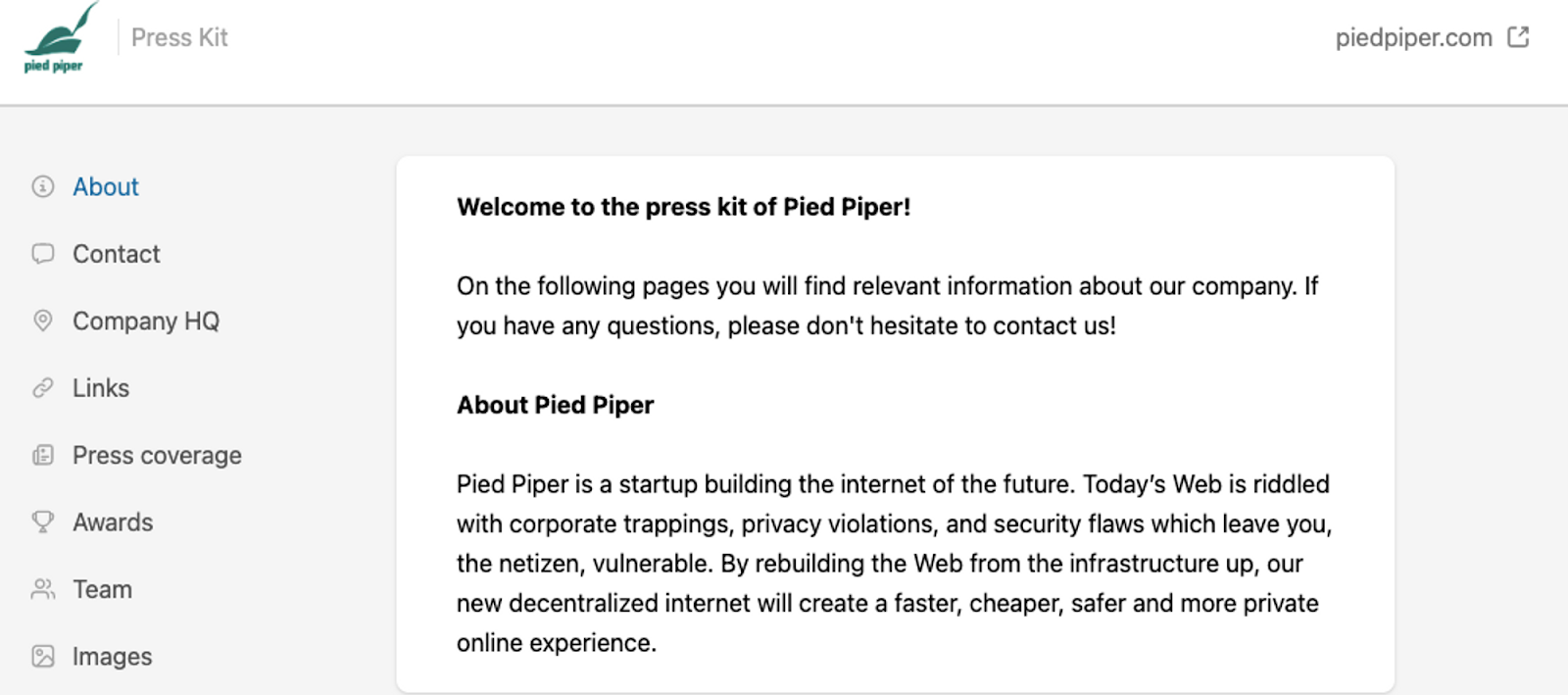How to Build the Perfect PR Strategy - The Complete Guide for 2023
Public relations strategic planning is designed to promote positive associations around a product or company. PR strategies use various tactics, such as publishing press releases, building relationships with journalists and influencers, managing media relations, and creating engaging content. An effective PR strategy is critical for building customer connections, gaining awareness, and generating revenue.
PressKitHero is helping build high-quality and affordable press kits for brands, agencies and more. So we know a thing or two about effective PR strategies.
In this article, we’ll explore PR strategies, why they’re important, and how you can go about building one yourself.
Why are PR strategies important?
It Helps Build Credibility
PR strategy benefits a brand’s image by building its positive attributes and reputation. A well-designed PR strategy effectively communicates with the public and other stakeholders to highlight the brand's values and differentiating factors. The results should build trust and credibility with the public, which can translate to sales.
It Helps Attract Your Target Market
A PR strategy can attract a brand’s target audience by appealing to them with a tailored campaign. Using the right channels and messaging is key. By effectively communicating the value and benefits of the brand to the target market, a PR strategy can help establish a bond among a specific buyer persona and demographic.
It Helps Attract Investors
If you’re seeking investment, a strong PR strategy will convey how you intend to raise awareness for your business. It can validate your route to market and assure investors you have a strong direction for gaining and converting customers once funds are raised.
Examples of PR Strategy
Participating in Community and Industry Events
Participating in community and industry events is a great PR tool. It builds relationships with key stakeholders, increases visibility, and develops social proof. By engaging with events, a brand has the opportunity to connect with potential customers, partners, and influencers in a personal and meaningful way. For example, there’s charity fundraisers like galas and sporting events, as well as food festivals and community get-togethers.
A noteworthy brand event is Apple’s yearly Worldwide Developers Conference. This is where the famous technology company showcases their progress and upcoming products. Asides from the presentations, they also blend in more hands-on activities such as interactive labs and consultations, as well as space to chit-chat with like-minded people.

You don’t need to be working on the next iPhone to throw a get-together of your own. You can simply create an engaging mix of activities on a smaller scale. When you’ve attracted some attendees, you can use the opportunity to tell them about your mission.
Creating Controversy Around Your Brand
Controversial topics and issues tend to be highly newsworthy and can easily capture the interest of the public and the media. Taking a stand on controversial issues or engaging in a public debate creates a sense of excitement and intrigue that can draw attention. It’s often especially effective for younger, more socially-conscious consumers who may be more likely to respond positively to a brand that aligns with them on important issues.
A key example of such a tactic includes Nike’s shoe collaboration with Colin Kaepernick. After kneeling during the national anthem in 2016 to protest systemic racism, the NFL star became the subject of immense controversy. When sponsors pulled deals and distanced themselves, Nike decided to align with the athlete and his cause. They collaborated by producing the ‘True to 7’ sports shoe. Though divisive, the product sold out within a day of its North American release, generating vast profits and proving a huge success.

However, it's important to note that creating controversy around a brand also carries risk. If you take a stance toward an issue that is unpopular or offensive to a significant portion of your audience, it can backfire and damage the brand's reputation. So, it's critical for brands to carefully consider the potential risks and rewards before engaging in controversy as part of their PR strategy.
Embracing Social Media
Social media platforms such as Twitter, Facebook, and Instagram provide an effective and cost-effective way for businesses to connect with their target audience, share news and updates, and engage with customers in real time. Regularly posting engaging and informative content is key to growing a brand’s reputation and a loyal customer base.
The virality of engaging ideas on social media enables successful PR campaigns to spread like wildfire. The rapid online response times also enable problems and queries to be ironed out far sooner than usual, which further strengthens the brand-consumer relationship.
McDonald’s is a prime example of adapting your voice to fit social media trends. The fast food giant knows that formal announcements won’t interest its demographic on Twitter. So, they’ve instead filled their feed with witty quips and casual grammar. The style is highly effective in keeping McDonald’s relevant amongst their target market online.

Create Your Own Press Kit
A brand press kit is a collection of materials that provide information about a company or product to members of the press. A good press kit is important because it allows companies to easily and efficiently provide anybody with the information they need to understand the brand and what it’s all about.
Press kits typically include a brand overview, key product or service information, contact details, high-resolution images and logos, and any other relevant information that journalists may need to cover the company or brand in their reporting.
You’ll want to be sure that everything is presented as concisely as possible. A finished product from PressKitHero gets the point across with clarity and professionalism. Take a look at how we did it for Pied Piper.

PR Strategy vs PR Tactics
PR tactics and strategies share similarities but have different purposes. A PR strategy is an overarching plan, while PR tactics relate to the actions taken to implement it.
PR strategy refers to the overall approach that a company or organization takes to achieve its public relations goals. It involves identifying the target audience, determining key messages and objectives, and developing a plan to execute and achieve them.
PR tactics, on the other hand, are the specific actions taken to implement the PR strategy. These include activities like writing and distributing press releases, organizing media events, and using social media to engage with customers or the media.
A PR Plan Example for Your Startup Business
Step 1: Define Your PR Goals
Take the time to identify what you want to achieve with your PR strategy plan. Consider your overall business aims. Knowing your target audience and what messages you want to communicate to them will help. From there, you can develop specific, measurable, attainable, relevant, and time-bound (SMART) goals to guide your plan.
Examples include increasing brand awareness, improving customer satisfaction, building relationships with the media, or managing the company's reputation. Whatever your goals, it's important they’re clear and aligned with your brand’s values and wider vision.
Step 2: Determine Your Target Audiences
To determine your target audience for a PR strategy, you need to consider who you’re trying to reach with your messaging, as well as what their interests and needs are. Some factors to consider when identifying your target audience include demographics (such as age, gender, and income level), interests and hobbies, and any other relevant information that can help you understand what makes that group of people tick.
Also, investigate where your target audience can be found and what channels are most effective for reaching them. This might include social media platforms, industry publications, or other outlets relevant to your audience's interests.
Step 3: Do Your Research
Effective research is the cornerstone of a successful PR strategy. It’ll help keep things on track and maintain coordination toward your long and short-term goals. Start by defining your research aims and identifying the specific questions you need to be answered. This will focus your research efforts and ensure you’re gathering the information you need most.
The research should collect and analyze data to identify key insights and trends that can inform your PR strategy. You also can draw inspiration from examples that have achieved similar aims. When you’re well-versed in the approach of your strategy, you can begin to consider the PR tactics you’ll use to execute it.
Step 4: Choose Your PR Tactics
As mentioned, PR tactics are the avenues you can take to execute a PR campaign. According to Ahrefs - some of the most effective PR tactics you can deploy for your campaigns include:
- Monitoring and reacting to media inquiries
- Newsjacking
- Leveraging world trends
- Pitching linkable assets to journalists and bloggers
- Partnering with brands and brand ambassadors
- Experimenting with PR stunts and guerilla marketing
- Promoting your values by aligning with a cause
- Turning negative publicity into good PR
Start sharing company progress by publishing updates through PressKitHero. The sooner you start getting the word out the better. And why wait? With our free Hobby plan, your first press kit is on the house.
Step 5: Determine Your Channels
Your target audience will largely determine the right channels for your strategy. The most common include traditional outlets such as newspapers, television, and radio, as well as digital platforms such as social media, blogs, and online publications. Consider where your audience is likely to encounter and engage with your messaging.
Think about the type of content that you’ll be sharing and which channels are most suitable. For example, visual content like videos and photos may be more effective on platforms like Instagram and YouTube. In contrast, written content could better suit a blog or online publication like Substack or Medium.
Step 6: Create a Timeline for Your PR Campaigns
Timing plays a huge role in PR strategy. When launching campaigns as part of your wider strategy, be sure to identify key milestones and activities that you can relate each of them back to.
Regularly reviewing and updating your timeline ensures your campaign stays on track and reaches its goals. Get visual and keep your team on the same page. You can use templates for Gantt charts, Kanban boards, and calendar tables to help follow and stabilize your timelines.
Step 7: Measure and Monitor Success
Once you’ve launched your campaign, you can begin tracking metrics and comparing them against benchmarks and targets. This might involve tracking media coverage, website traffic, social media engagement, and customer feedback.
You could also conduct surveys or other research to gather more detailed information about the effectiveness of your campaign. Regularly reviewing and analyzing your metrics will ultimately allow you to identify areas for improvement and adjust your strategy as needed.
Kickstart your PR strategy with the perfect press kit
Pied Paper Press Kit example - Made with PressKitHero
Now you’ve got an idea of some PR strategy examples, you can start to outline one for your own campaign.
With press kits forming a vital component of any PR strategy, it’s important to ensure you have the right one representing your brand. Outsourcing a custom press kit used to be a drain on a small company’s budget. But now, PressKitHero is proud to enable brands to create theirs quickly and cheaply.
Head to PressKitHero to equip your company with the ultimate press kit today.


